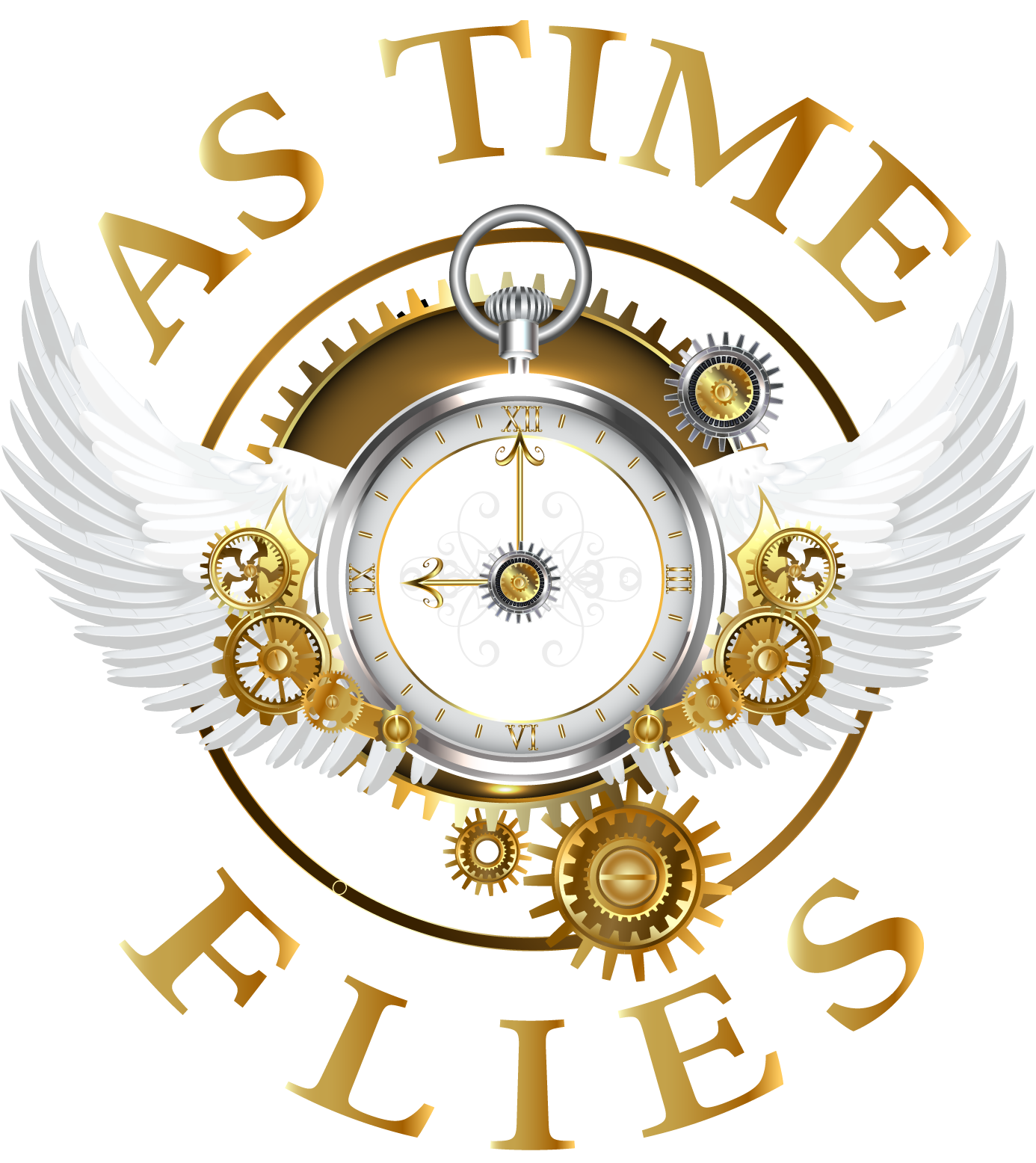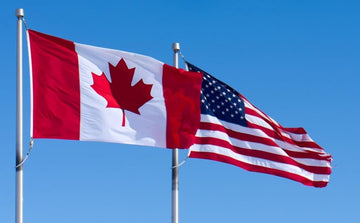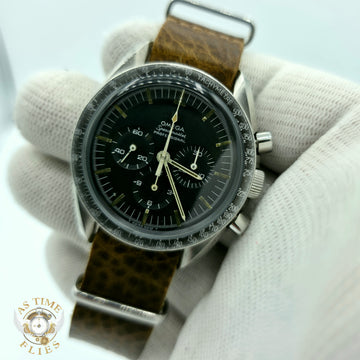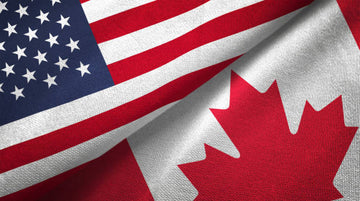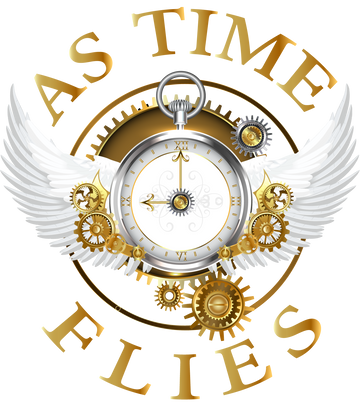Introduction (Revised)
Good news (mostly): In many cases, used (pre-owned) watches imported for personal use face lower risk of tariffs or import duties than new goods. But recent regulatory changes, especially in the U.S., have changed some of the assumptions. What used to be “safe under US$ 800” is no longer universally exempt. Let’s walk through the updated rules, with tips and caveats for both Canadian and U.S. buyers.
1. Tariffs, Customs, Duties — What’s the Difference?
-
Tariff: A broad term for taxes imposed on imported goods.
-
Customs duty / import duty: The specific charge assessed by customs agencies at borders.
-
Import taxes / fees: Additional layers (e.g. VAT, GST, state use tax, brokerage) that may be applied over or alongside duties.
These terms are often used interchangeably, but the key is: when a watch crosses a border, any applicable duty or tax is imposed by that country’s customs authority.
2. Major U.S. Reform: The End of the De Minimis Exemption (August 2025)
One of the biggest changes you must update in your article is that, as of August 29, 2025, the U.S. ended the “de minimis” duty‑free exemption for low‑value packages. The Washington Post+3AP News+3AP News+3 Previously, goods valued under US$ 800 (sent through the postal system) could generally enter duty-free. That is no longer universally true. Reuters+2AP News+2
What this means in practice:
-
All imports into the U.S., regardless of value, are now subject to duties or tariffs. Reuters+3AP News+3The Washington Post+3
-
Some newly imposed rates range from 10 % to 50 %, depending on the product’s country of origin and classification, or a flat fee between $80 and $200 for certain shipments. Reuters+3AP News+3AP News+3
-
For “gifts,” a limited exemption (e.g. up to US$100) may still exist, but is narrower than before. AP News+1
-
The removal of the de minimis rule applies broadly, not just to watches. The Washington Post+3Reuters+3AP News+3
So your prior statement — “U.S. doesn’t charge duties on most wristwatches under $800” — is now outdated and must be revised.
Note: Because this change is quite new, many systems, carriers, and e‑commerce platforms are still adapting, meaning some small packages may slip through temporarily, but the official policy has changed.
3. U.S. Import Rules (Post‑De Minimis)
Here’s how things stand now for importing a used watch into the U.S.:
a) Duty eligibility and classification
-
Watches (even used) must still be classified under appropriate HTSUS / Harmonized Tariff codes (for example codes in the 9101, 9102, etc.) to determine the correct duty rate. Wikipedia+2Wikipedia+2
-
Under U.S. regulations, watches imported with a value over $800 have historically needed special treatment; previously, watches above that threshold might have triggered extra scrutiny or different duty assessments. enforcement.trade.gov+1
-
Even some components (cases, straps, movements) may have distinct sub‑rates. customsdutyfree.com+2customsdutyfree.com+2
b) What you will likely pay now (for all packages)
-
Duties/tariffs based on classification and origin.
-
Brokerage / handling fees charged by couriers (e.g. UPS, FedEx, DHL) will still apply.
-
State-level use tax or sales tax (if applicable).
-
If a package is held in customs, additional storage or administrative fees may accrue.
c) Practical implications for used watches
-
Even though a watch is used, that status does not necessarily exempt it from duty under the new regime.
-
The “used” label may help in borderline cases or in convincing customs to accept a lower valuation, but when de minimis is gone, every package must potentially clear customs.
-
For watches made in Switzerland or Japan, favorable tariff treatments may still apply under trade agreements or preferential duties, but only if properly declared.
4. Buying from the U.S. to Canada — What’s Current?
For Canadian buyers importing a used watch from the U.S., the rules remain more stable:
-
Duty / Tariff: Canada generally imposes no duty on goods for personal use that are marked “Made in United States, Canada, or Mexico,” or if there’s no marking indicating foreign manufacture. CBSA
-
For imported watches from outside North America, Canada’s Harmonized Tariff (Chapter 91) shows a base tariff rate around 5 % for watches with precious metals or metallic casing. Canada Border Services Agency
-
However, even if duty is zero or low, the buyer must still pay:
-
GST (5 %)
-
Provincial sales tax (PST) or HST, depending on province
-
Any clearance / brokerage fees by the carrier
-
-
Many goods from MFN (Most-Favored-Nation) countries (including Switzerland, Japan, etc.) may qualify for preferential zero duty under Canada’s trade rules. support.swatchon.com+2Canada Border Services Agency+2
-
Be sure to declare the item correctly with “used / pre-owned” on the customs form to reduce misclassification risk.
As always my friends, I attempt to minimize the risk while still avoiding under-declaration. I can only get so creative when buying Swiss Made watches under the latest changes. For that, I am truly sorry.
